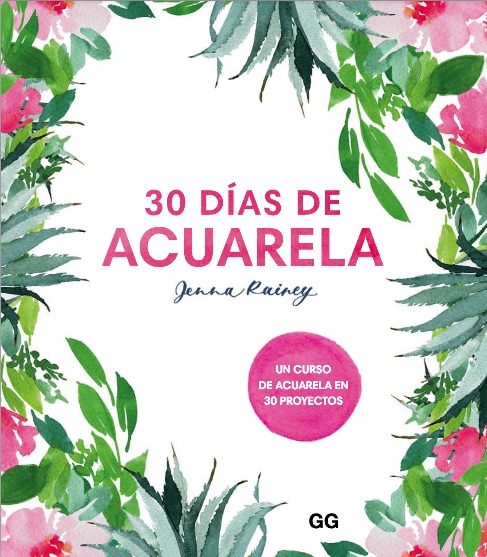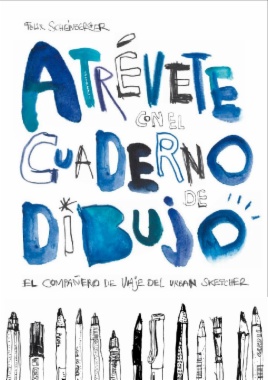Housing for immigrants. A Settlement for Co-existence of Communities, Case study in Ibarra, Ecuador
Este contenido es de libre acceso. Solo haz clic en el siguiente botón.
Ir a este contenido- Autor
- Año de publicación 2016
- Idioma Inglés
- Descripción
- During the last decade massive immigration of people, regardless of its reason has been a new challenge for many countries around the world. People leave their homes in pursuit of safety and protection but in many cases they fail and not only do not find a new home but also unintentionally/intentionally affect the quality of the hosting country and jeopardize its vitality.On the one hand immediate (short term) effects of immigration need to be considered in order to define the structure of the emerging community and also its interaction with the existing one (hosting country). On the other hand, since there is no clear prediction for life expectancy of these communities, in long term what is left of these transitions can be very decisive for the future of the existing community.According to the United Nations refugee commission ACNUR, Latin America and the Caribbean is the third region most affected due to migration issues with 3.99 million compared with the rest Africa 13.5, Asia 20, Europe 2.6. Inside the region Colombia is the country with the highest number of people that have been displaced, and Ecuador as the host country with the biggest refugee population.Colombian farmers leave their homes in the countryside to live in the suburbs of big cities. The forced change of residence transforms the idea of own self and about the space occupied, their physical location in the place of arrival shows the precarious conditions surrounding them, lying outsourced and crumbled from this space they built for themselves and their family.This physical and emotional transit characterizes the notion of displacing, because it becomes key to understand the struggle to reinvent a place for them in the urban space where new ways of appropriation of space emerge. Such transit also brings the conflict of coexistence between newcomers and resident migrants, the territory appears as a space where they must acquire their own house and stabilize their living conditions.In this project firstly immigration and its short/long time effects on several cases will be studied. Afterwards considering the life span of these settlements (future Identity) a proposal based on integration of communities through specific arrangement of housing (based on introducing modular design) that encourage the public participation in development of the habitat, a prototype will be suggested.
-
Citación recomendada (normas APA)
- Ana María Estrada Sánchez, "Housing for immigrants. A Settlement for Co-existence of Communities, Case study in Ibarra, Ecuador", Ibarra (Imbabura, Ecuador):-, 2016. Consultado en línea en la Biblioteca Digital de Bogotá (https://www.bibliotecadigitaldebogota.gov.co/resources/2087738/), el día 2024-04-27.


